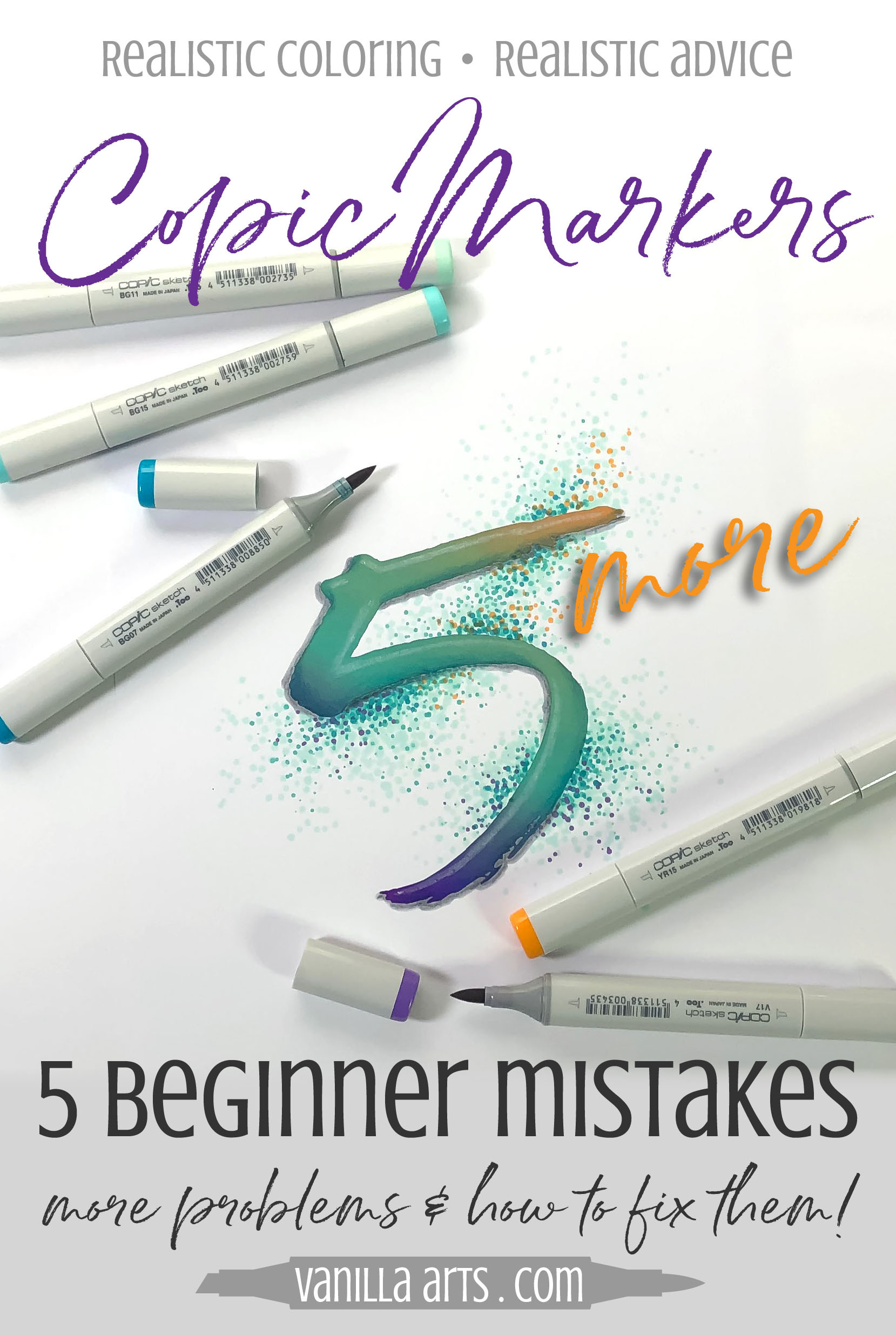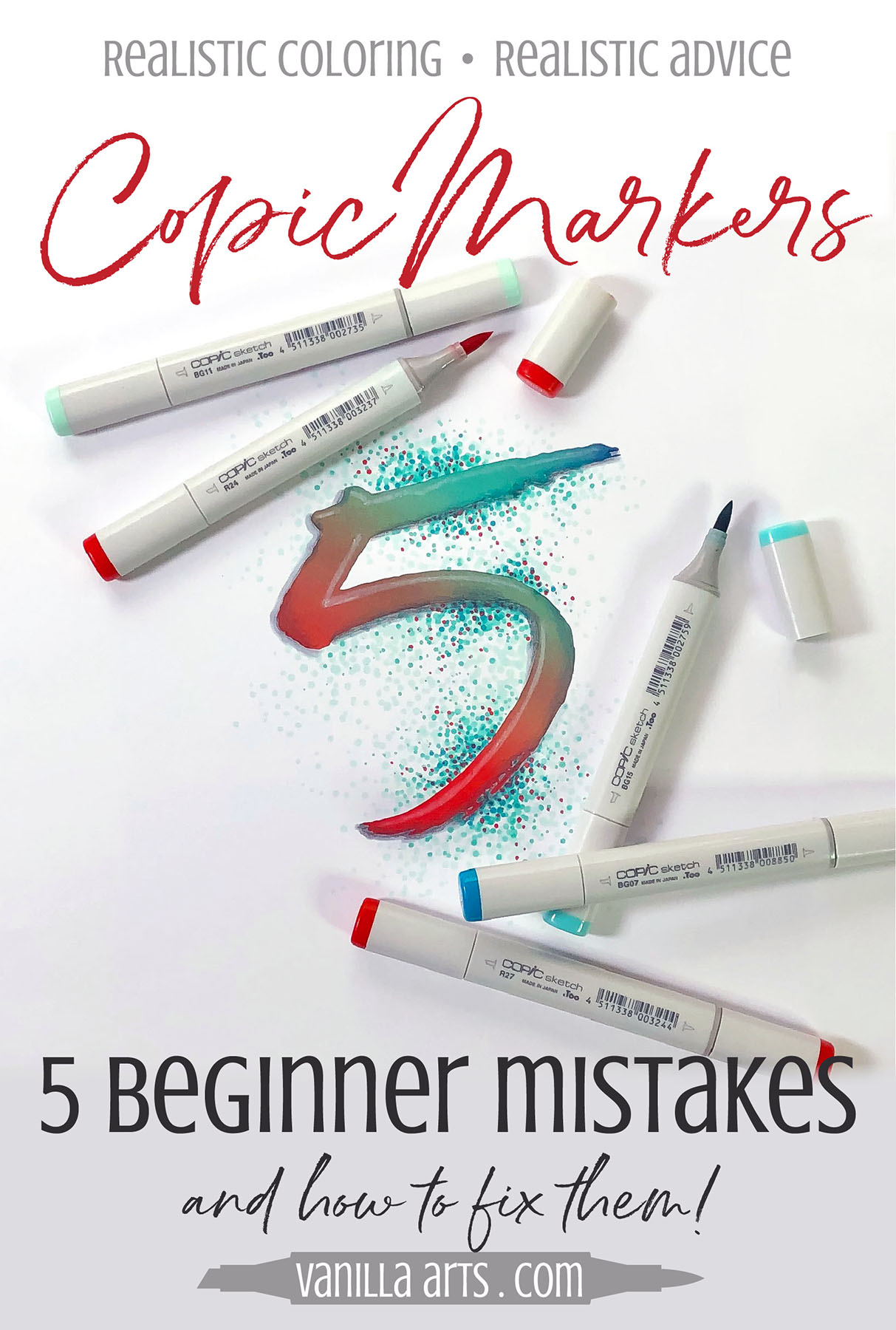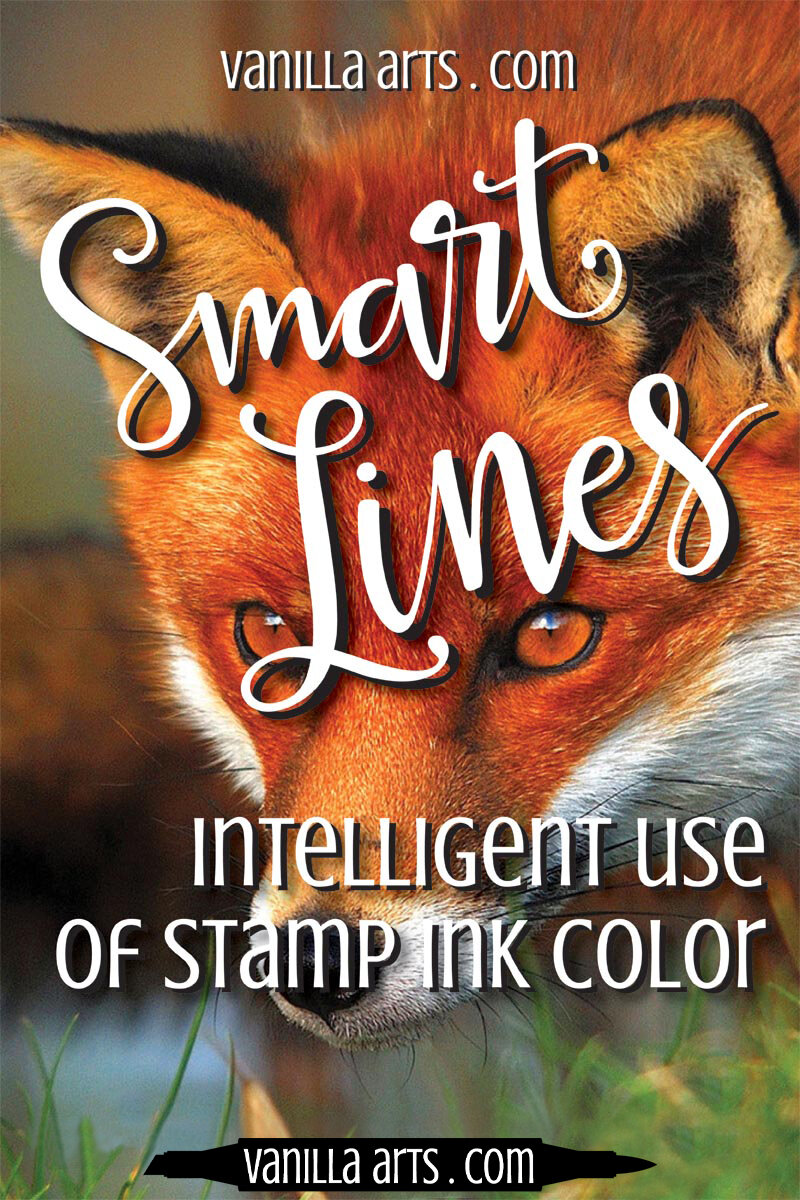

5 Beginner Copic Marker Mistakes and How to Fix Them
You do not have to be a genius to make beautiful Copic Marker blends!
No Mensa membership required! Coloring with markers is a skill. That’s good news; because if it's a skill, that means that it’s completely learnable!
Everyone can learn to color well with Copic markers.
But there is a learning curve-- and how quickly you progress depends upon your ability to diagnose the flaws in your technique…


